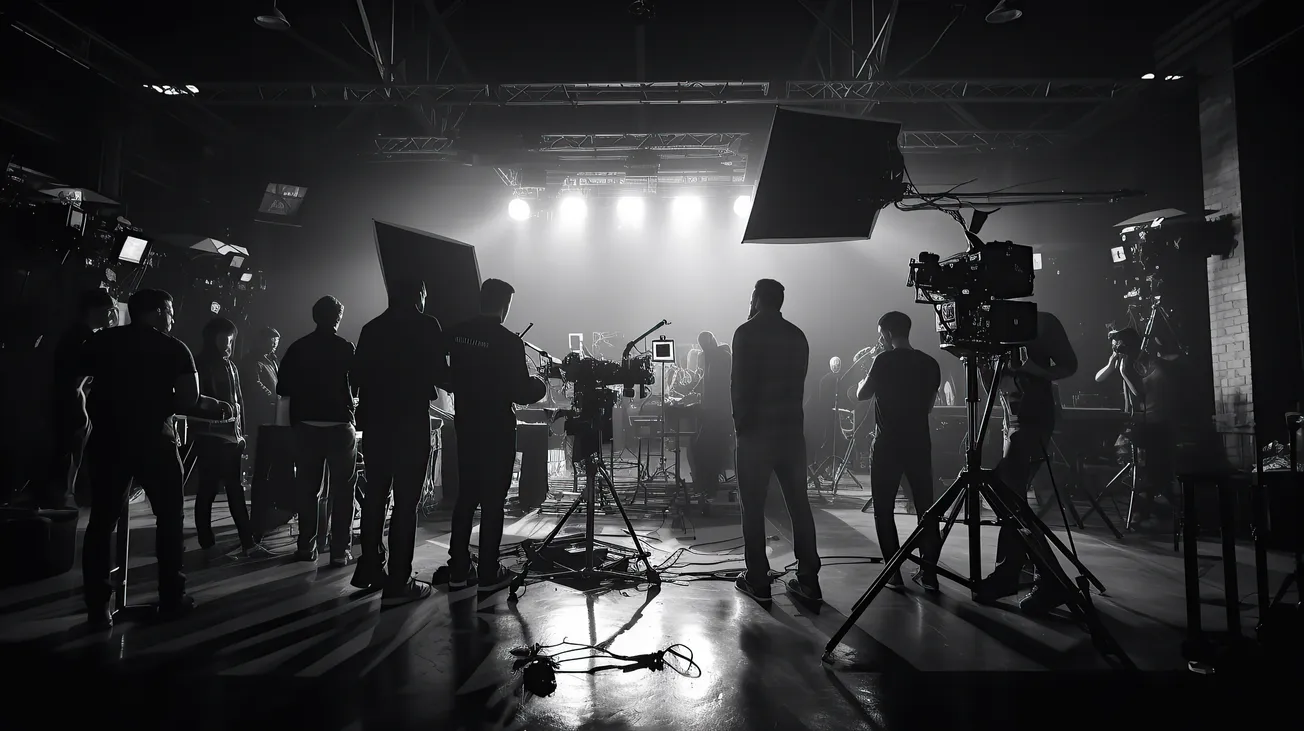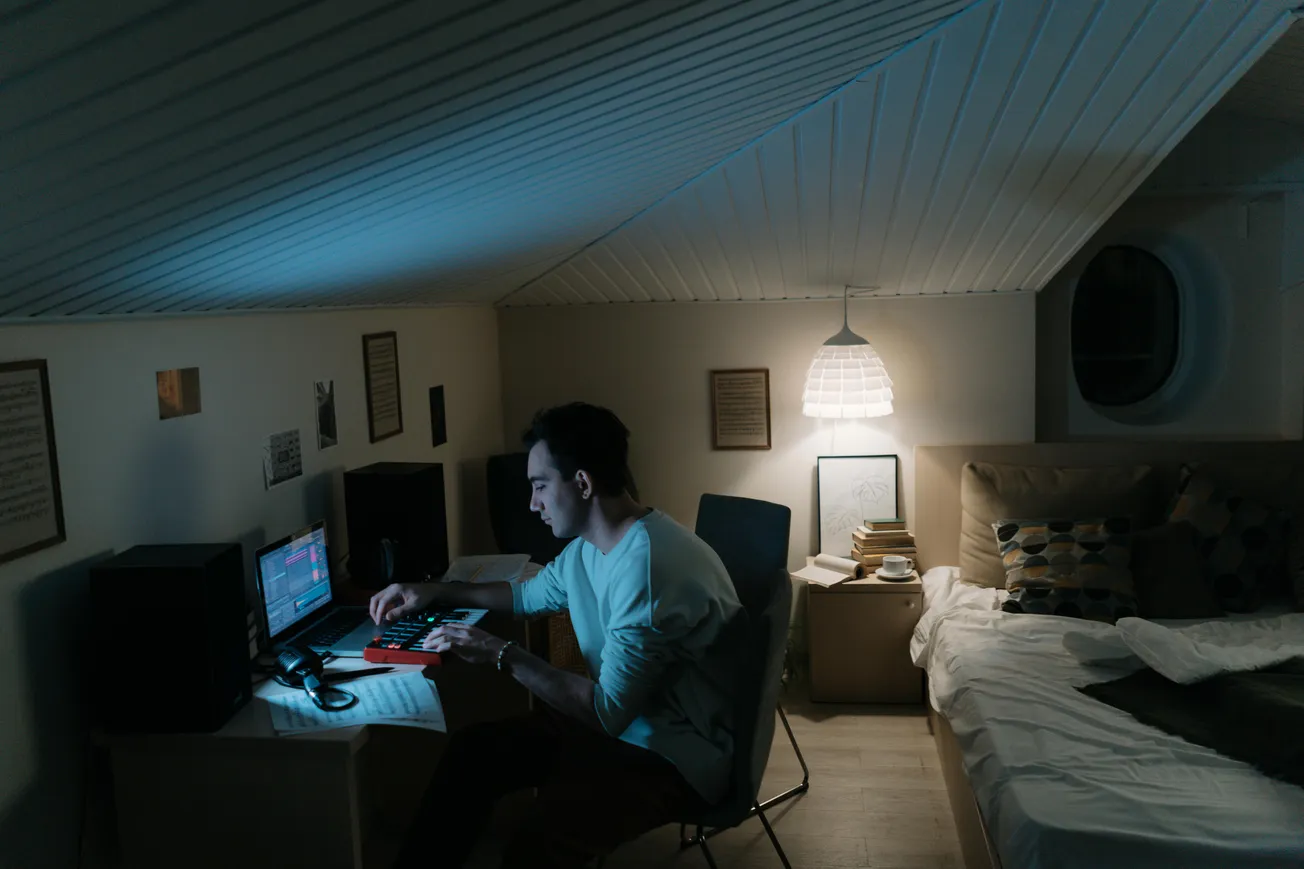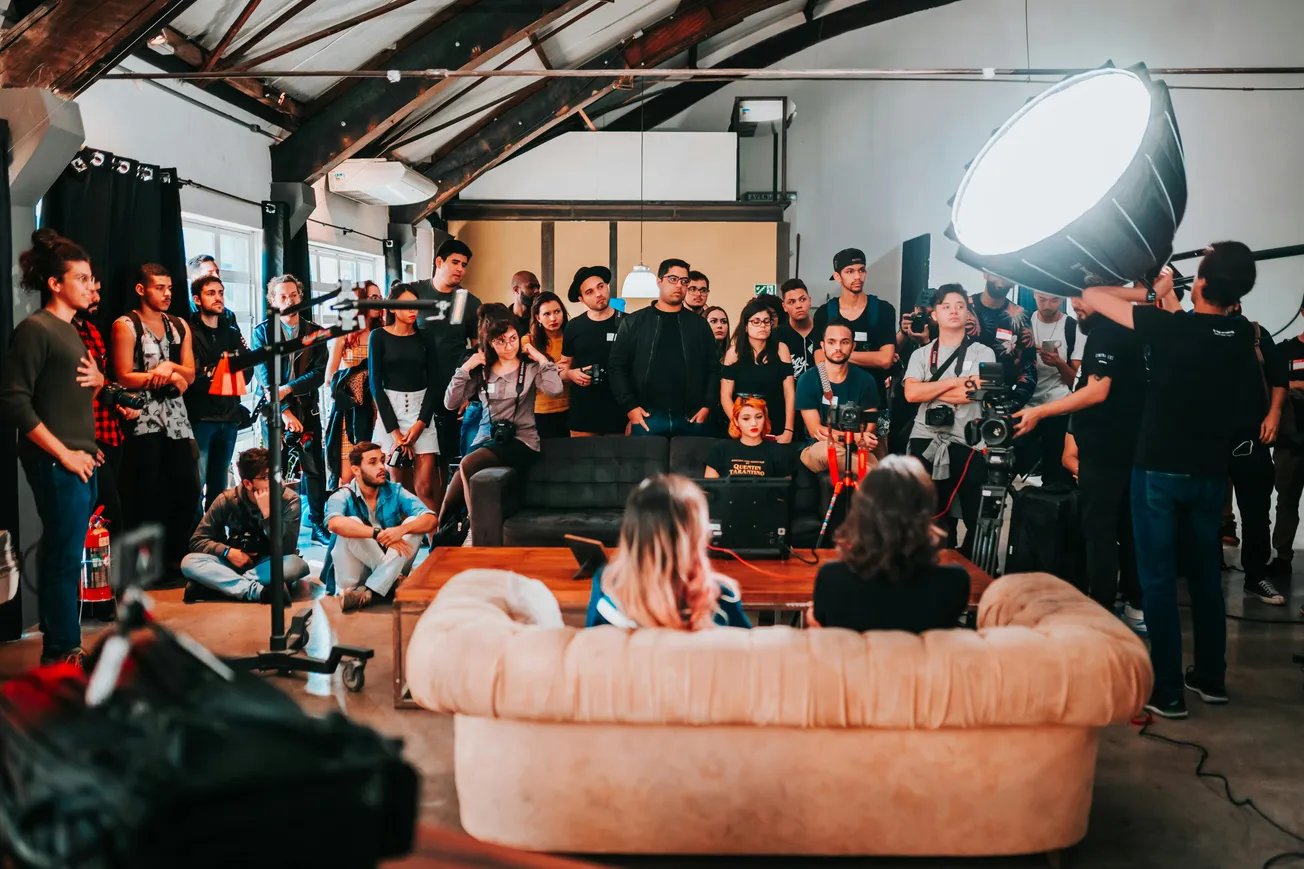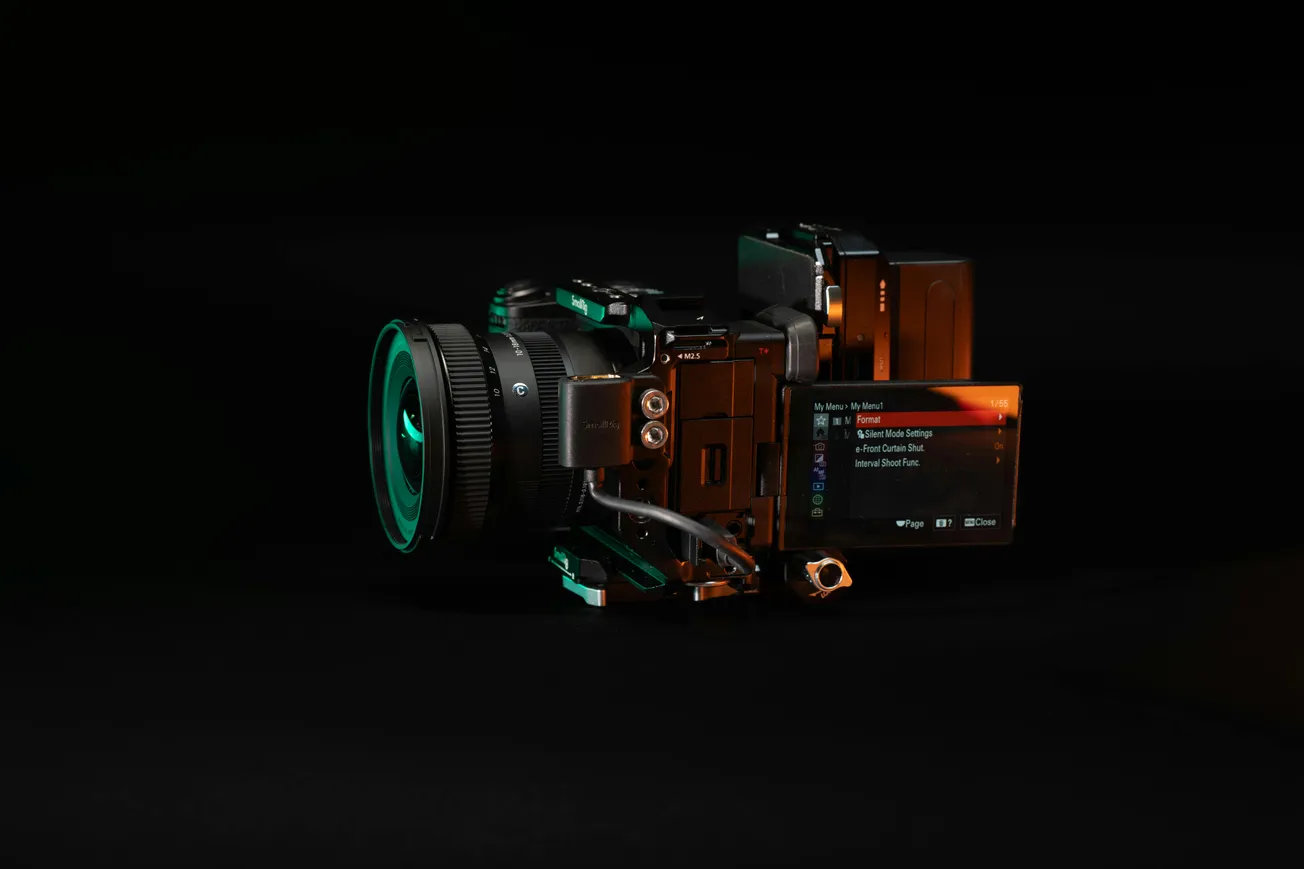For creators, from solo podcasters to small business video teams, a solid pre-production process is the secret behind smooth, stress-free projects. This ultimate checklist turns scattered ideas into an actionable roadmap, aligning your vision with logistics and emerging tools. Whether you’re planning a marketing vlog, educational video or brand podcast, these steps help you stay efficient, cost-conscious and confident behind the mic or camera.
1. Define the Concept & Creative Brief
Start with clarity: what is your message, who is your audience and what do you want viewers to do next? Whether it is raising awareness, training or storytelling, anchoring your project in a clear creative brief elevates every subsequent decision. Rough sketches or mood boards can help turn abstract ideas into visual reality.
2. Lock the Script or Outline
Your script or episode outline is your production backbone. Lock it early to guide scheduling, shoots and workflows. Open revisions lead to inefficiencies, cost overruns and on-set confusion. For podcasts, having a solid outline ensures smooth delivery and consistent pacing.
3. Build Budget & Schedule (with Contingency)
Break down every cost – talent, equipment, locations, post-production – and include a 10–20% buffer for unforeseen expenses. Then map your timeline: start from your release date and work backwards, allowing for talent availability, revisions and tech hiccups.
4. Assemble Your Team & Talent
Who is your director, producer, videographer, sound engineer or co-host? Bringing clarity to roles early prevents overlaps and misfires. For video, this includes casting or deciding whether participants from your organization can fill roles and securing clearances or release forms as needed.
5. Visual Planning: Storyboards & Shot Lists
Sketching scenes or outlining podcast segments helps visualize your flow. Storyboards or shot lists help to avoid confusion during production and ensure you gather every needed angle and beat.
6. Scout Locations & Confirm Logistics
Confirm access, acoustics, lighting and permissions early. For public or rented spaces, secure permits, insurance and verify sound levels and safety protocols. Doing this beforehand keeps shoots eco‑efficient and compliant.
7. Prepare Gear, Props & Tech
Test cameras, mics, lighting and backups before the shoot. Check batteries, memory cards and file organization workflows. This helps you avoid technical delays and ensures data continuity in post-production.
8. Create Call Sheets & Rehearse
For video, draft call sheets detailing who needs to be where and when. Even for simpler setups, rehearsals and table reads reduce on-camera flubs and speed up recording sessions.
9. Outline Contingency Plans
Technical failures, weather shifts or last‑minute dropouts happen. Having backups such as extra gear, alternate talent and secondary recording spots keeps the creative process running smoothly and protects your production value.
10. Final Pre-Production Briefing
Before you roll, walk through your shot list or podcast agenda with your team, finalize everyone's responsibilities, confirm logistics and ensure everyone understands the plan. End your pre-production on a note of clarity and alignment.
Wrapping Up
This checklist is not just about ticking boxes, but it’s about empowering creators to tell stories with confidence and clarity. Whether it is a solo podcast or a small team video shoot, pre-production removes friction, reduces stress and keeps quality high. With clear vision, preparation and flexibility, your next project can deliver outstanding results and maybe inspire a new favorite episode or campaign.









